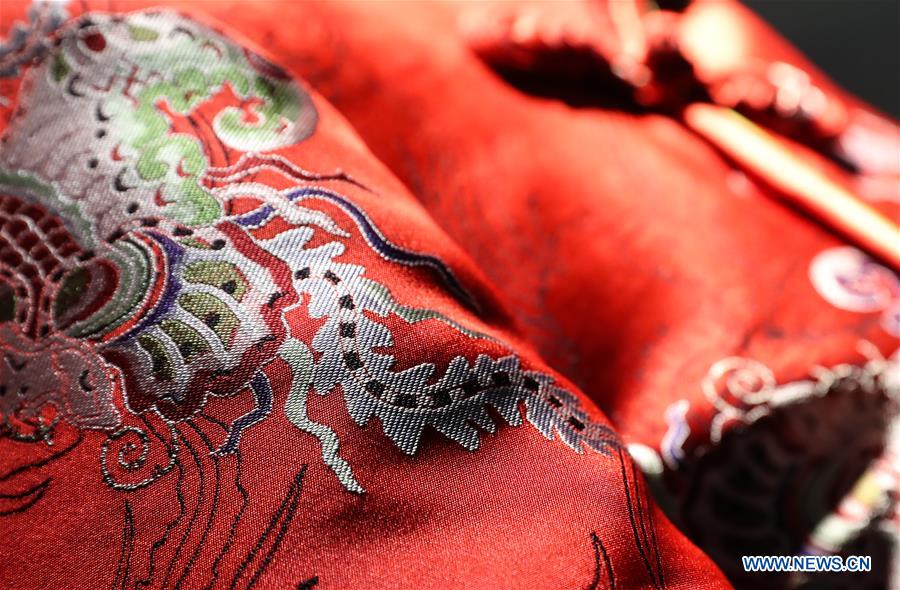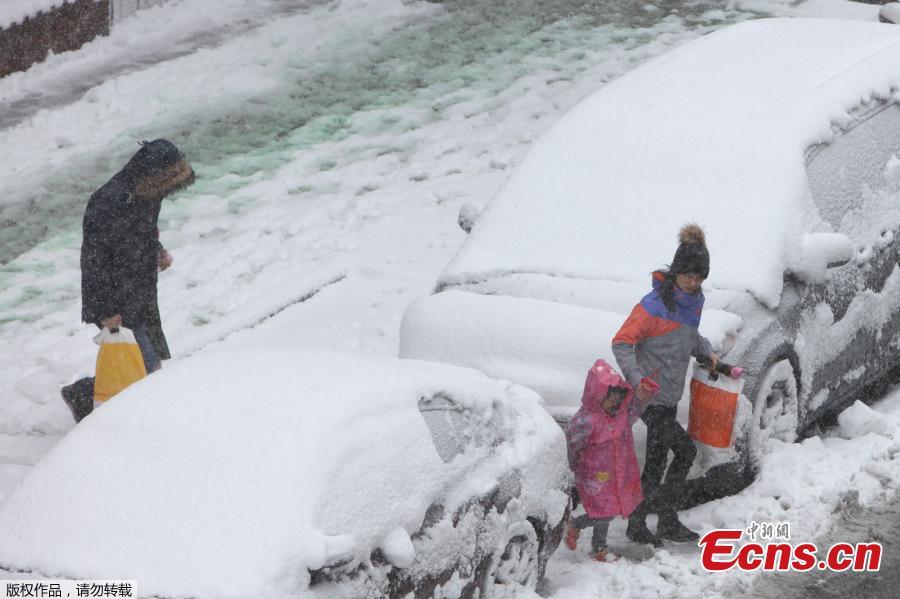China could have the option to cut its value-added tax rate this year as part of its proactive fiscal policy to bolster its real economy with the country set to register higher fiscal revenue growth in 2017, a researcher suggested.
The highest tier of the current value-added tax rate, which is 17 percent, may have room for a potential cut of 1 to 2 percentage points this year, an amount equal to a reduction of more than 1 trillion yuan ($155.2 billion) in tax revenue, said the anonymous expert, who has done research on the matter.
The faster growth of fiscal revenue in 2017, which is predicted to be more than 8 percent year-on-year, will support the tax cut, the expert said. Fiscal revenue growth in 2016 was 4.5 percent.
The Ministry of Finance is expected to release the 2017 annual fiscal income and expenditure data next week.
Official statistics show that by the end of November, total fiscal revenue reached 16.17 trillion yuan, up 8.4 percent from a year earlier.
The tax income, which accounted for about 84 percent of fiscal revenue, increased by 11.2 percent year-on-year through Nov ember, jumping from 4.3 percent at the end of 2016.
China's stable economic development — its GDP growth in 2017 was around 6.9 percent — was the fundamental backup for the higher growth rate of tax revenue, which rebounded after a three-year slowdown, and it is "better than expected", said Shi Zhengwen, director of the Center for Research in Fiscal and Tax Law at China University of Political Science and Law.
"Another reason for the faster growth of tax revenue was the more effective tax collection and management, although the government had continually eased the corporate tax burden by nearly 700 billion yuan in 2017, mainly through the VAT reform," Shi said.
The government is expected to put more emphasis on cutting taxes this year, a main way to implement the "proactive fiscal policy", and "the optimal annual tax revenue growth should match the GDP growth level", he added.
Li Wanfu, director of the Taxation Science Institute at the State Administration of Taxation, told China Daily that it is China's "policy direction" in 2018 to further cut tax and reduce government administrative fees, especially to push forward structural tax reform to tilt toward manufacturing and high-tech industries as a measure to carry out the structural supply-side reform.
Under the reform, China has cut the VAT by nearly 2 trillion yuan in less than two years and expanded tax categories to recently include the environmental protection tax and the water resources tax. In addition, the tax base has been broadened enough to offset some reductions of the total fiscal income.




















































